
Dal Tadka is a popular Indian lentil dish known for its rich flavors and comforting taste. It is made with masoor dal (red lentils), cooked with aromatic spices and tempered with a flavorful tadka (tempering) of mustard seeds and urad dal. This vegetarian dish is not only delicious but also packed with essential nutrients. Let’s dive into the recipe and learn how to make this flavorful Dal Tadka at home!
Health Benefits:
Dal Tadka offers several health benefits due to its nutritious ingredients. Lentils are a great source of plant-based protein, fiber, and essential minerals. They provide a steady release of energy, promote digestion, and help maintain healthy cholesterol levels. The spices used in this recipe, such as ginger, garlic, and turmeric, have anti-inflammatory and antioxidant properties, boosting the immune system and promoting overall well-being.
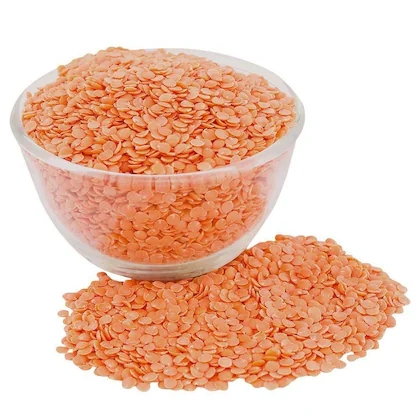
Ingredients:
- 150g masoor dal (red lentils), washed and soaked for an hour
- 2 tomatoes, sliced thin
- 1 tsp grated ginger
- 1 clove of garlic, grated
- 2 bird’s eye chilies, sliced
- 1/2 teaspoon turmeric powder
- 1/2 teaspoon asafoetida powder
- Salt to taste
- 1 tsp urad dal (split black lentils)
- 1 tsp mustard seeds
- 1/2 teaspoon red chili powder
- 1/2 teaspoon sugar (optional)
- Chopped coriander leaves for garnish
Instructions:
- In a large saucepan, add the soaked masoor dal along with 400ml of water. Also, add the turmeric powder, asafoetida powder, sliced chilies, grated ginger, and grated garlic.
- Bring the mixture to a boil over medium heat. Once it starts boiling, reduce the heat to low and let it simmer. Stir occasionally to make sure the dal doesn’t stick to the bottom of the pan. Cook until the dal turns soft and mushy.
- Add salt to taste and mix well. Then, add the sliced tomatoes to the dal. Continue simmering until the tomatoes become soft and blend into the dal.
- In a separate small pan, heat some oil or ghee over medium heat. Add the urad dal and mustard seeds. Let them crackle and turn golden brown.
- Once the urad dal is golden brown and mustard seeds splutter, add the red chili powder to the tempering mixture. Stir it for a few seconds to release the flavors.
- Carefully pour the tempering mixture over the cooked dal. Be cautious as it may splash. Mix well to incorporate the tempering flavors into the dal. Add the sugar and mix well.
- Garnish the dal generously with chopped coriander leaves.
Serve the delicious Dal Tadka hot with steamed rice or Indian bread like roti or naan. Enjoy the aromatic flavors and wholesome goodness of this classic Indian dish!









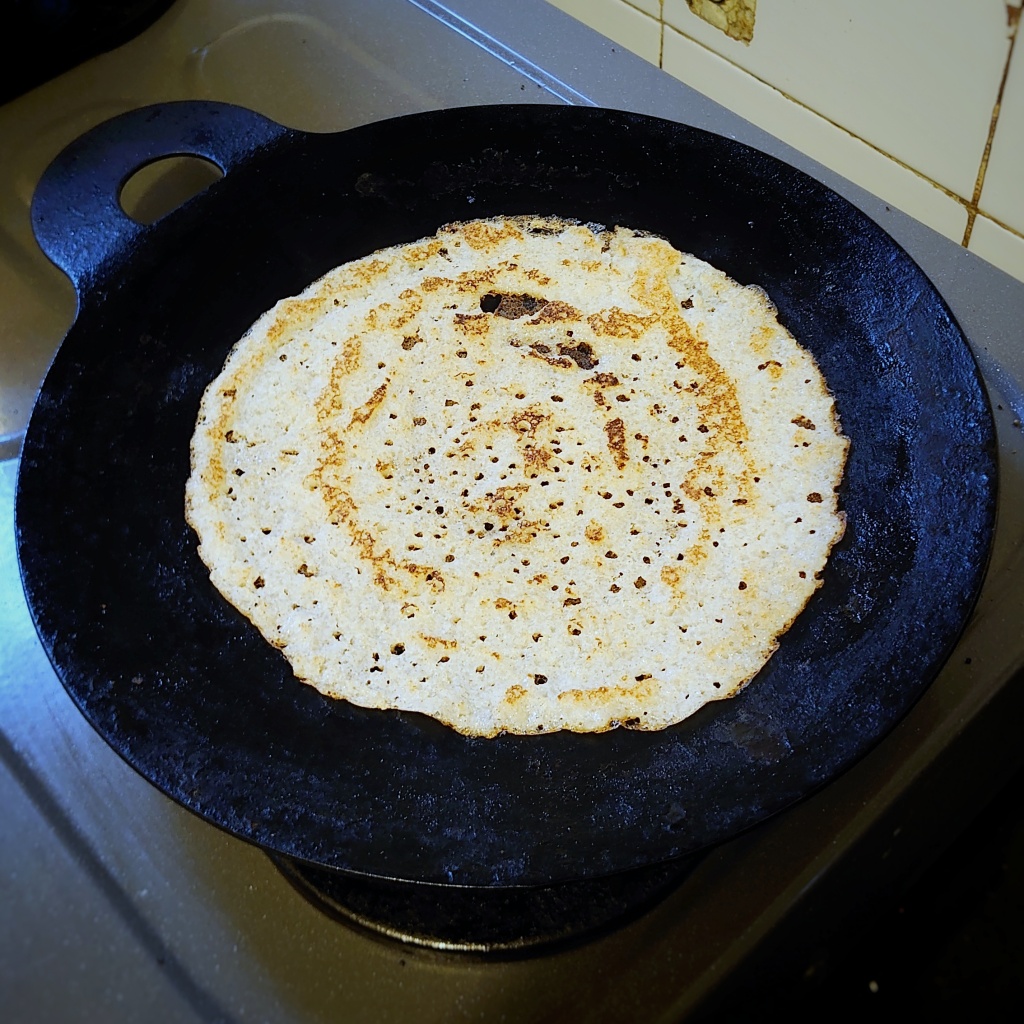
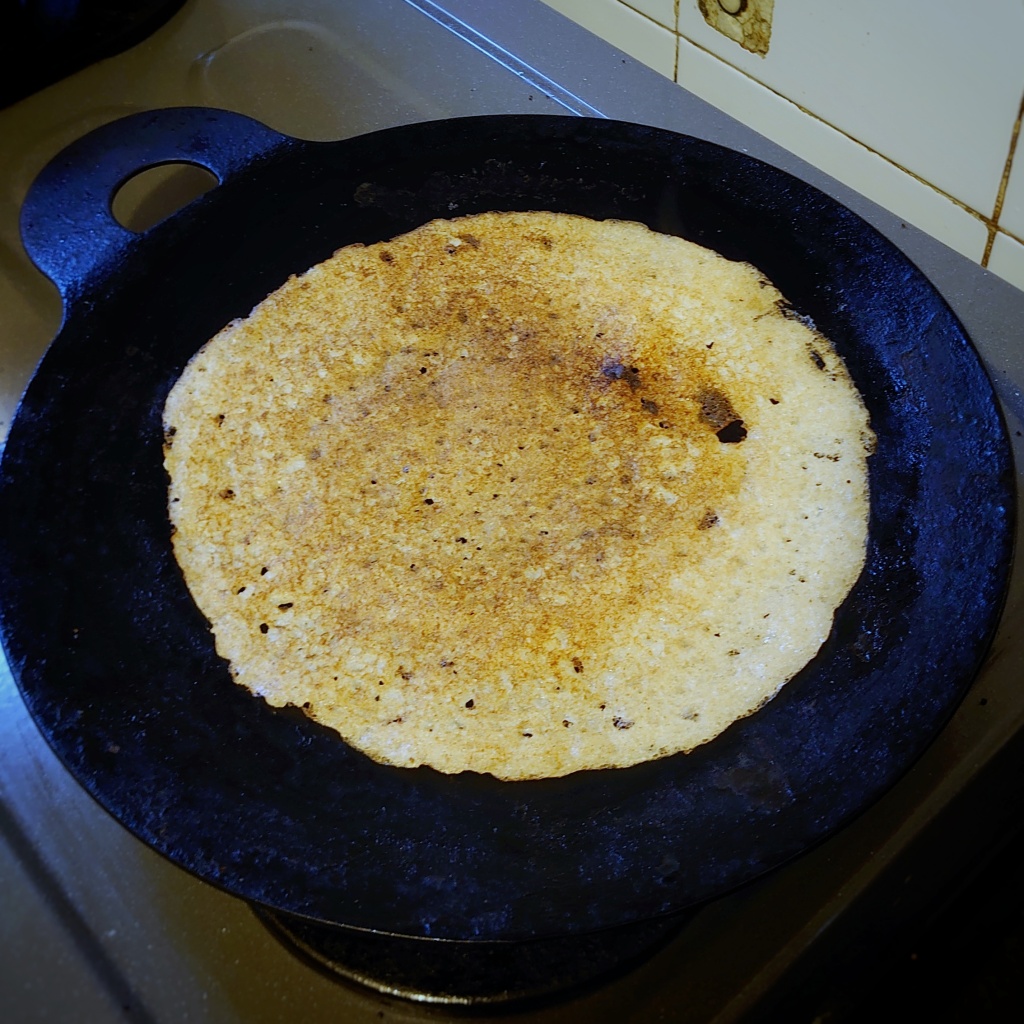
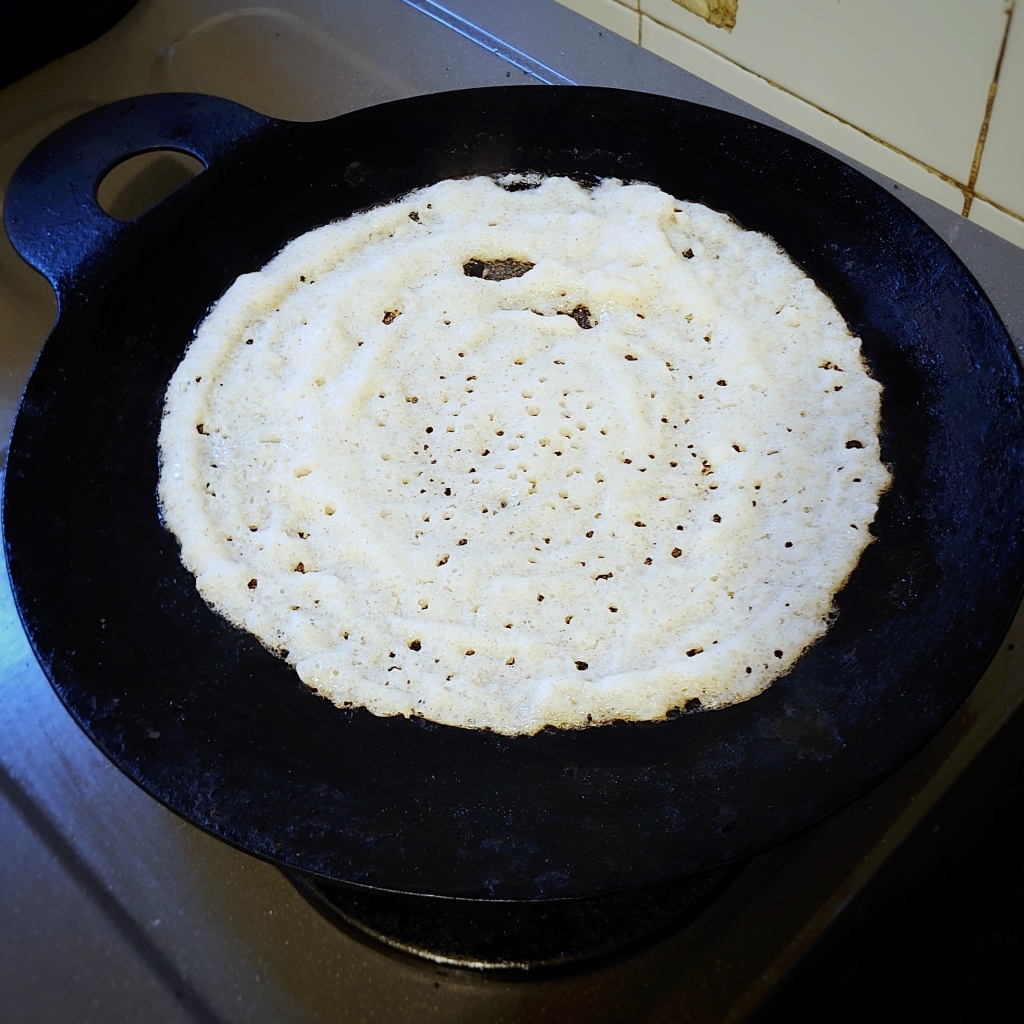

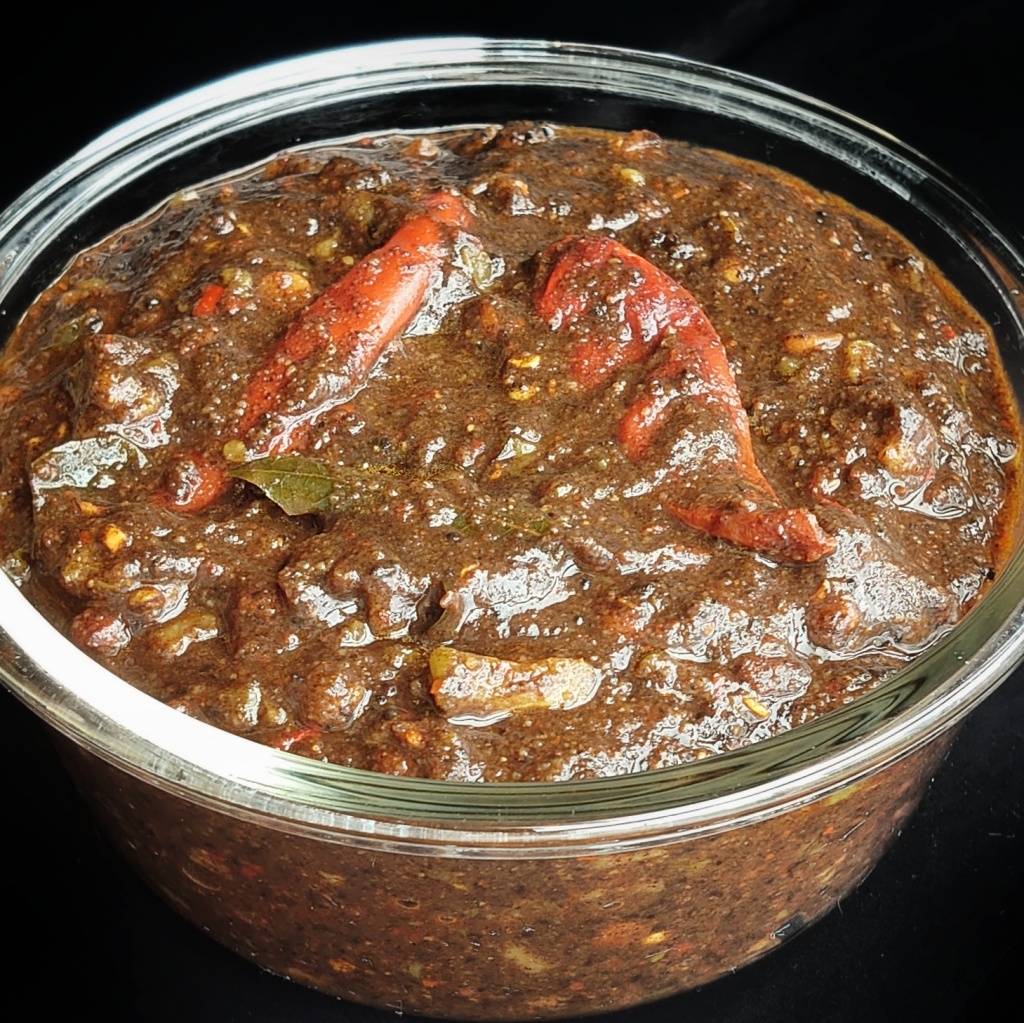




Leave a comment